Home>Gardening & Outdoor>Landscaping Ideas>What Are The Benefits Of Walking Barefoot On Grass
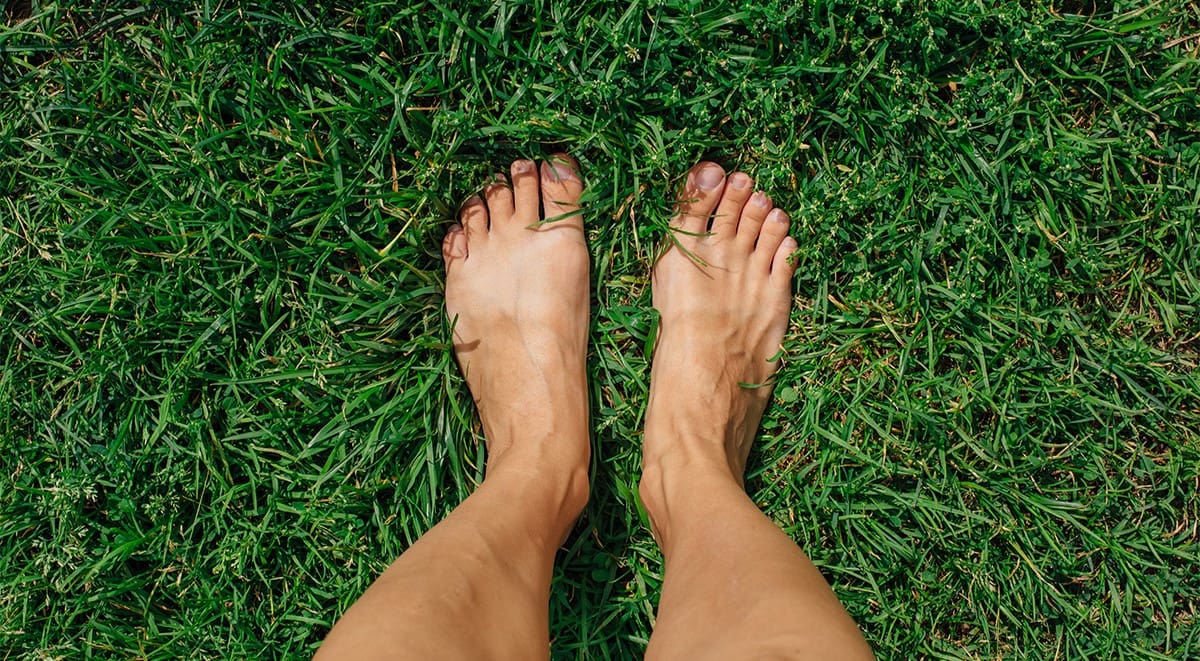

Landscaping Ideas
What Are The Benefits Of Walking Barefoot On Grass
Published: January 26, 2024
Discover the landscaping benefits of walking barefoot on grass. Explore the advantages for your health and well-being with this natural practice.
(Many of the links in this article redirect to a specific reviewed product. Your purchase of these products through affiliate links helps to generate commission for Storables.com, at no extra cost. Learn more)
Introduction
There’s a simple pleasure in the sensation of grass underfoot, a feeling that connects us to the earth in a way that few other experiences can. Walking barefoot on grass not only offers a sensory delight but also provides a range of potential health benefits. This age-old practice has gained renewed attention in recent years, with many embracing it as a means of grounding themselves in a fast-paced, technology-driven world.
In this article, we’ll explore the numerous advantages of walking barefoot on grass, delving into the physical, mental, and emotional benefits that this simple act can offer. From improved posture and balance to heightened sensory stimulation, the act of walking barefoot on grass transcends mere physical exercise, offering a holistic experience that can positively impact overall well-being.
So, kick off your shoes, find a patch of lush green grass, and join us as we uncover the remarkable benefits of this time-honored practice.
Key Takeaways:
- Walking barefoot on grass can improve posture, balance, and foot strength by engaging muscles and sensory receptors, leading to better overall well-being and a deeper connection with nature.
- The act of walking barefoot on grass offers a calming and grounding experience, potentially reducing stress and anxiety while providing a rich sensory stimulation that fosters mindfulness and sensory awareness.
Read more: What Are The Benefits Of Lemon Grass Tea
Connection with the Earth
Walking barefoot on grass allows for a direct, intimate connection with the earth beneath our feet. This simple act, known as “earthing” or “grounding,” involves the physical contact of the body with the natural, subtle electric charge of the earth’s surface. Proponents of this practice believe that this contact enables the body to absorb free electrons from the earth, which can have a range of potential health benefits.
Advocates of earthing suggest that this direct physical connection may help neutralize free radicals in the body, reduce inflammation, and promote a sense of calm and well-being. While scientific research on the specific health effects of earthing is ongoing, many individuals report feeling more grounded, balanced, and centered after spending time walking barefoot on grass.
Moreover, the act of connecting with the earth in this manner can serve as a powerful reminder of our place in the natural world, fostering a sense of humility and interconnectedness. In a fast-paced, technology-driven society, the simple act of walking barefoot on grass can provide a much-needed opportunity to reestablish our bond with the earth and gain a renewed appreciation for the natural world around us.
Improved Posture and Balance
Walking barefoot on grass can contribute to improved posture and balance by engaging the muscles and sensory receptors in the feet, ankles, and lower limbs. Unlike walking in shoes, which can limit the natural movement of the foot and inhibit sensory feedback, walking barefoot allows for a fuller range of motion and greater sensory stimulation.
When walking on uneven grassy terrain, the muscles and ligaments in the feet are activated to a greater extent as they adapt to the varying surfaces. This engagement helps to strengthen the intrinsic muscles of the feet, which are essential for maintaining proper arch support and overall foot health.
Furthermore, the sensory feedback received from the soles of the feet while walking barefoot on grass can enhance proprioception, the body’s awareness of its position in space. This heightened proprioceptive input can contribute to better balance and stability, as the body learns to adapt to the changing ground beneath it.
Over time, the improved strength and proprioceptive awareness gained from walking barefoot on grass can translate to better overall posture, as the body becomes more adept at maintaining alignment and stability. This can be particularly beneficial for individuals who spend extended periods sitting or wearing supportive footwear, as it provides an opportunity to reawaken and strengthen the often-neglected muscles of the feet and lower limbs.
Strengthened Foot Muscles
Walking barefoot on grass offers a natural and effective means of strengthening the muscles of the feet and lower legs. Unlike the constrained environment of shoes, which can limit the natural movement and function of the foot, walking barefoot allows the foot to move through its full range of motion, engaging a broader array of muscles.
When walking on grass, the feet must adapt to the varied terrain, which in turn activates a diverse set of muscles. The uneven and yielding nature of grassy surfaces requires the feet to make constant micro-adjustments, engaging the intrinsic muscles of the foot and lower leg in a way that is often underutilized when wearing shoes.
Moreover, the act of walking barefoot on grass can promote a healthier foot arch, as the foot is allowed to spread and splay more naturally with each step. This can help to counteract the potential weakening of the foot muscles that can occur from prolonged use of supportive footwear.
By regularly engaging in barefoot walking on grass, individuals can gradually strengthen the muscles of the feet and lower legs, potentially reducing the risk of common foot ailments such as plantar fasciitis and Achilles tendonitis. Additionally, stronger foot muscles can contribute to better overall foot function and stability, supporting the body’s natural biomechanics and potentially reducing the risk of injury.
Walking barefoot on grass can help improve balance, strengthen foot muscles, and reduce stress. Just be mindful of any sharp objects and check with a doctor if you have any foot conditions.
Reduced Stress and Anxiety
Walking barefoot on grass has the potential to offer a calming and grounding experience, which can help reduce stress and anxiety. The act of connecting directly with the earth beneath our feet, often referred to as “earthing,” is believed to have a soothing effect on the body and mind.
Proponents of earthing suggest that the physical contact with the earth’s surface allows the body to absorb free electrons, which may help neutralize free radicals and reduce inflammation. This process is thought to have a balancing effect on the body’s bioelectrical systems, potentially promoting a sense of calm and relaxation.
Furthermore, the act of walking barefoot on grass can serve as a form of mindfulness practice, encouraging individuals to be fully present in the moment and attuned to their surroundings. The gentle, tactile sensation of grass underfoot can provide a welcome contrast to the hard, artificial surfaces that dominate modern urban environments, offering a natural and tranquil setting for relaxation and reflection.
In addition to the potential physiological benefits, the act of walking barefoot on grass can provide a mental and emotional respite from the demands of daily life. The simple act of stepping outside and immersing oneself in nature can offer a much-needed break from the stresses and pressures of work, technology, and urban living.
Ultimately, the act of walking barefoot on grass can serve as a holistic practice for promoting mental and emotional well-being, offering a peaceful and rejuvenating experience that allows individuals to reconnect with themselves and the natural world around them.
Enhanced Sensory Stimulation
Walking barefoot on grass provides a rich sensory experience that can awaken and enliven the senses. The varied textures, temperatures, and densities of the grass beneath the feet offer a diverse range of tactile stimuli, engaging the sensory receptors in the soles of the feet and promoting a heightened awareness of the surrounding environment.
As the feet make contact with the grass, they are met with a symphony of sensations, from the cool, dewy blades in the morning to the warm, sun-kissed strands in the afternoon. This sensory input not only provides a pleasurable experience but also serves to stimulate the nervous system, fostering a deeper connection with the natural world.
Moreover, the act of walking barefoot on grass can offer a form of “sensory grounding,” allowing individuals to feel more rooted and present in their bodies. The direct contact with the earth’s surface provides a tangible and immediate connection to the environment, promoting a sense of embodiment and sensory awareness.
For individuals who spend much of their time in enclosed, artificial environments, the experience of walking barefoot on grass can offer a welcome contrast, providing a sensory feast for the feet and a refreshing departure from the monotony of indoor spaces.
By engaging in barefoot walking on grass, individuals can cultivate a greater appreciation for the subtle nuances of the natural world, tuning into the sensory symphony that unfolds beneath their feet. This heightened sensory stimulation can serve as a form of mindfulness practice, encouraging individuals to be fully present and attuned to the sensory richness of their surroundings.
Conclusion
Walking barefoot on grass offers a myriad of benefits that extend far beyond the simple act of physical exercise. From fostering a deeper connection with the earth to promoting improved posture, balance, and foot strength, this age-old practice has the potential to positively impact overall well-being.
By embracing the sensory delight of grass underfoot, individuals can experience a heightened sense of grounding and connectedness with the natural world. The act of earthing, or grounding, allows for a direct physical connection with the earth’s subtle electric charge, potentially offering a range of health benefits, from reducing inflammation to promoting a sense of calm and balance.
Furthermore, the act of walking barefoot on grass provides a welcome opportunity for sensory stimulation, engaging the feet in a rich tapestry of tactile experiences. This sensory grounding can serve as a form of mindfulness practice, encouraging individuals to be fully present and attuned to the sensory richness of the natural environment.
As we navigate a world characterized by constant technological stimulation and urban living, the simple act of walking barefoot on grass offers a respite, a chance to reconnect with ourselves and the earth beneath our feet. It provides a tangible reminder of our place in the natural world, fostering a sense of humility and interconnectedness.
In conclusion, the benefits of walking barefoot on grass are multifaceted, encompassing physical, mental, and emotional dimensions. By incorporating this practice into our lives, we can tap into the restorative power of nature, reaping the rewards of improved well-being and a deeper connection with the earth.
Frequently Asked Questions about What Are The Benefits Of Walking Barefoot On Grass
Was this page helpful?
At Storables.com, we guarantee accurate and reliable information. Our content, validated by Expert Board Contributors, is crafted following stringent Editorial Policies. We're committed to providing you with well-researched, expert-backed insights for all your informational needs.

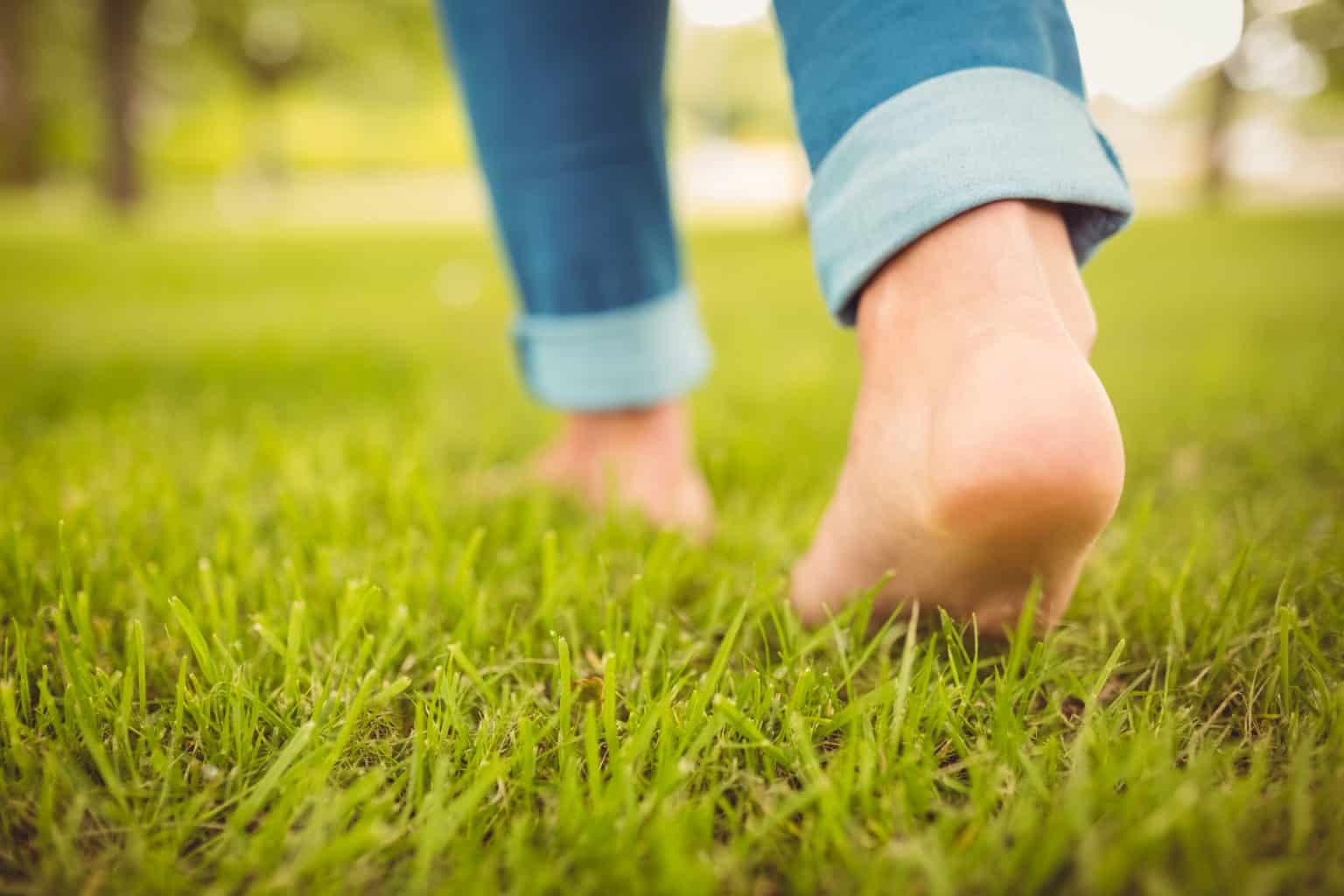
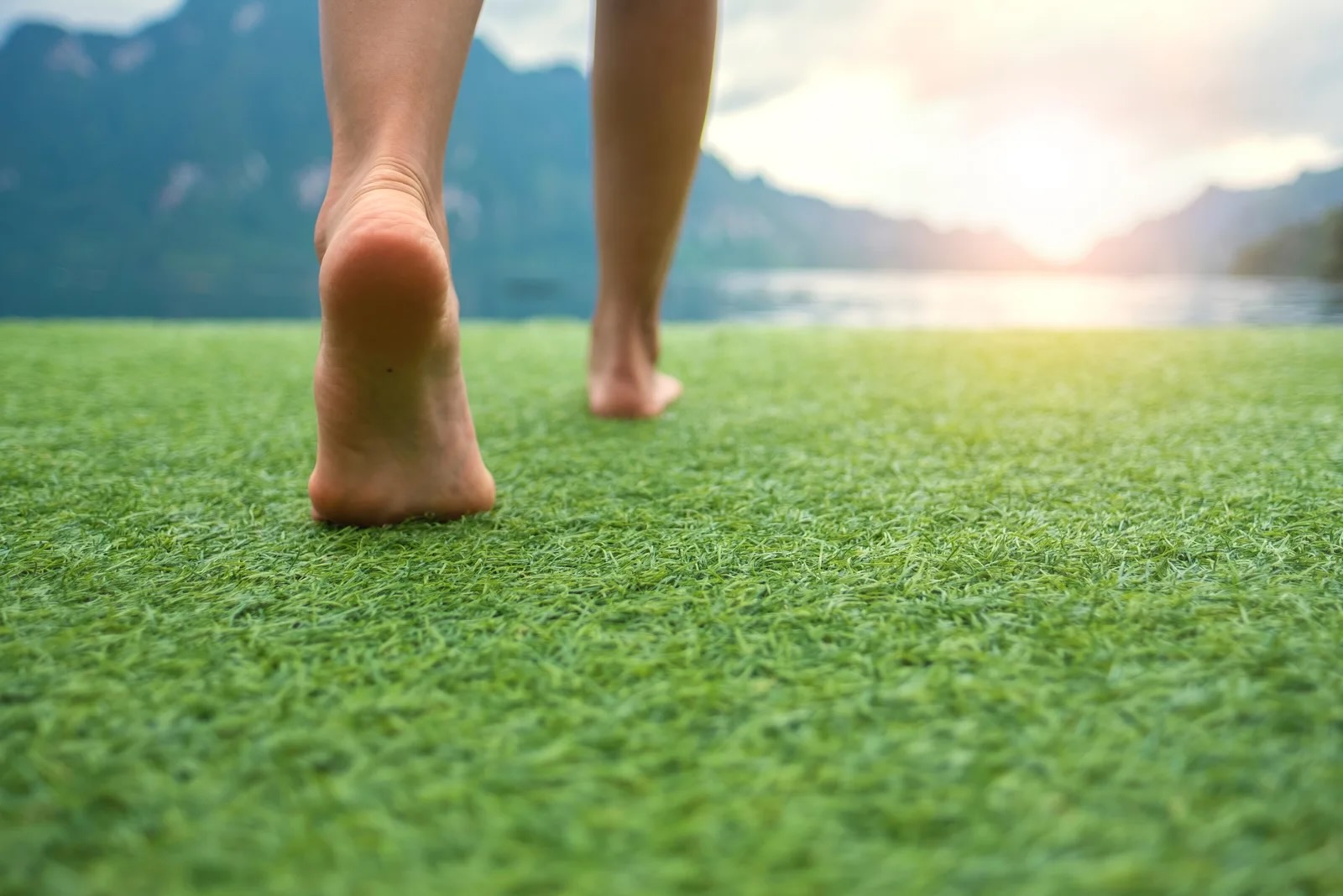
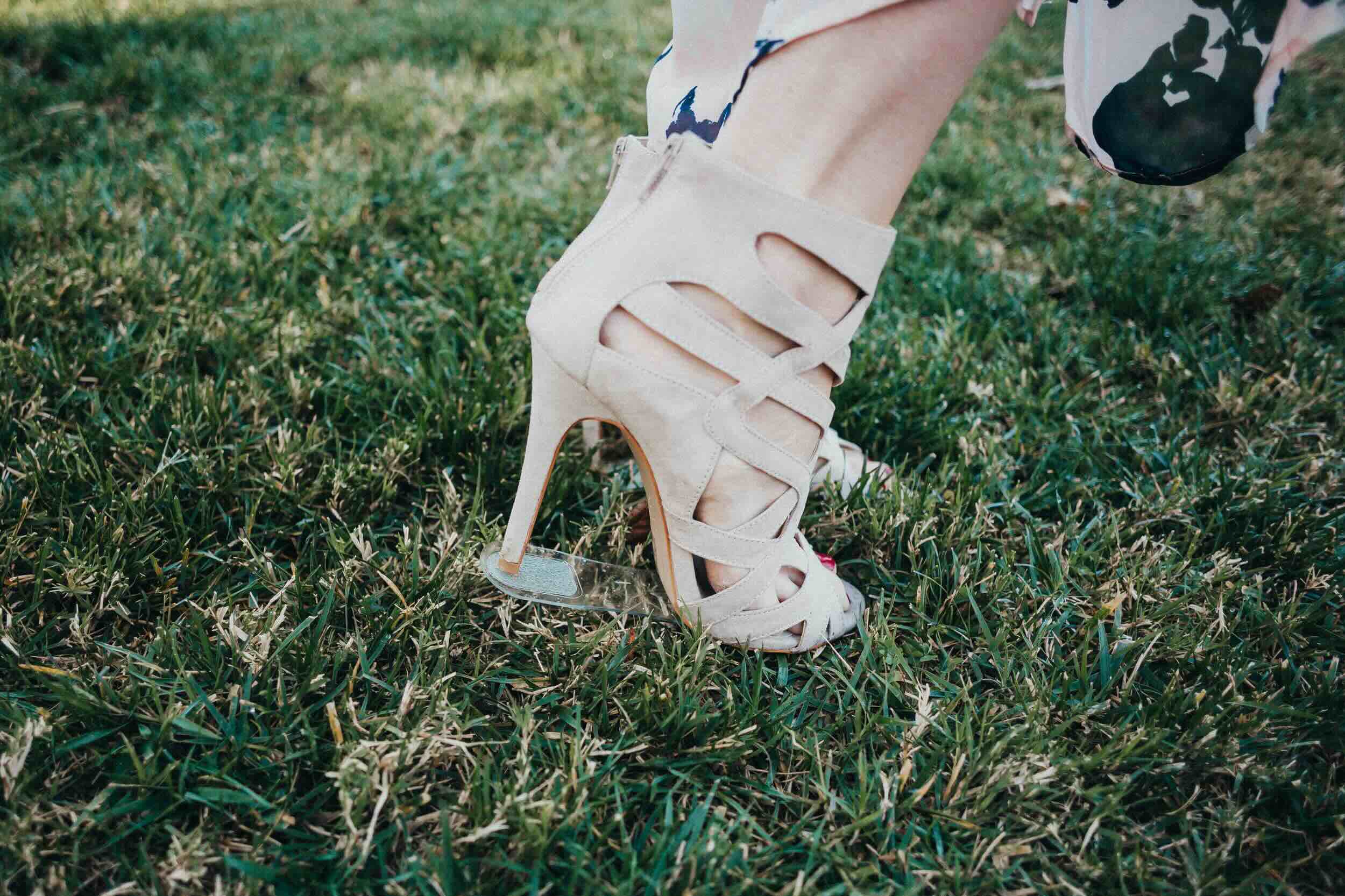
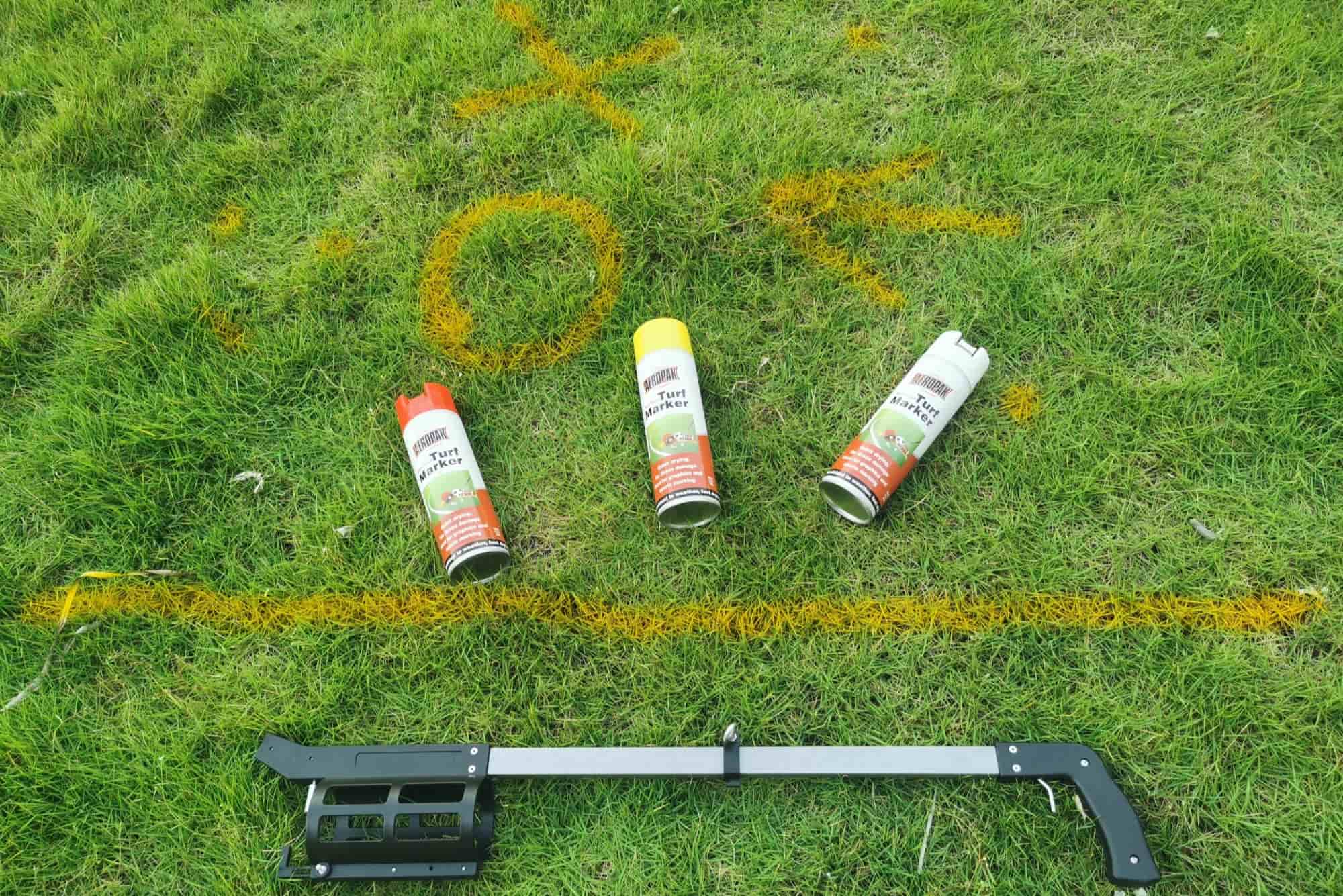







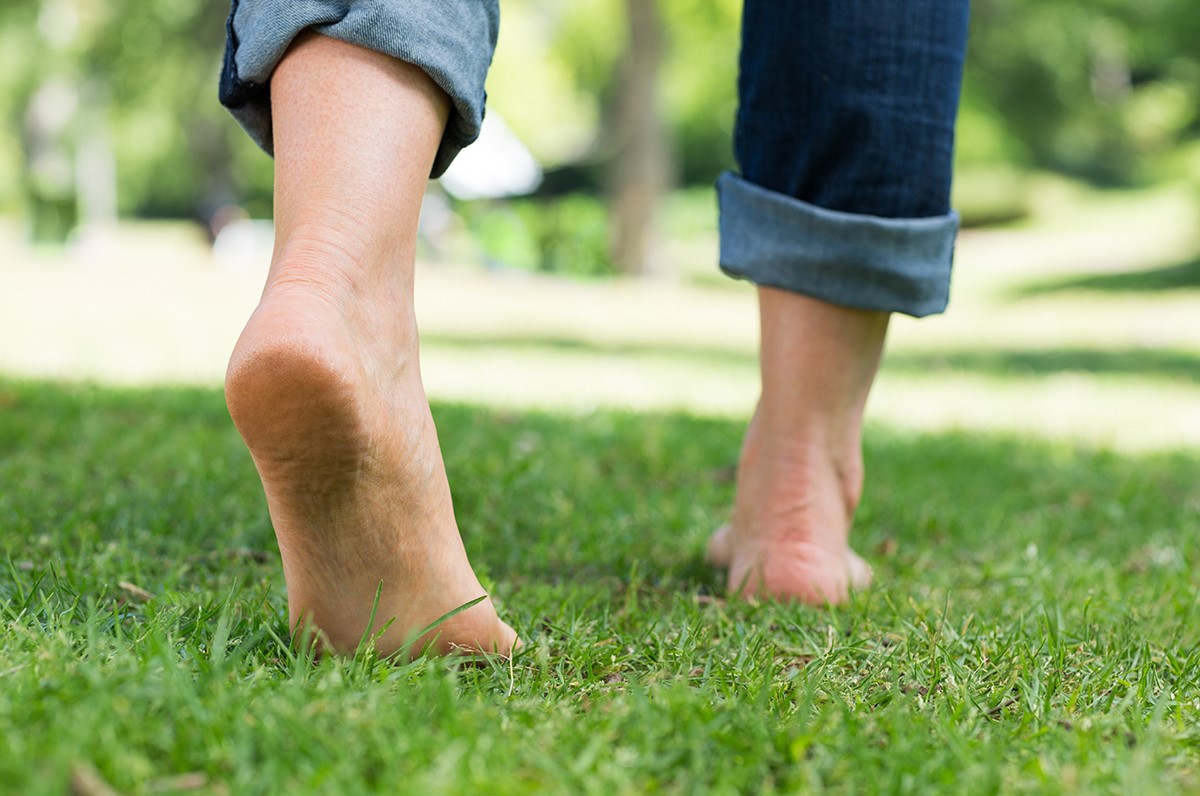


0 thoughts on “What Are The Benefits Of Walking Barefoot On Grass”